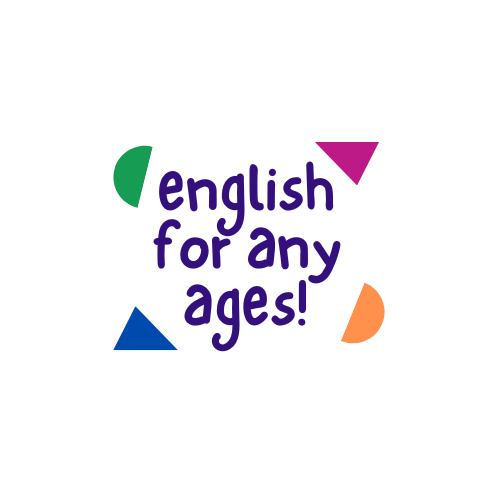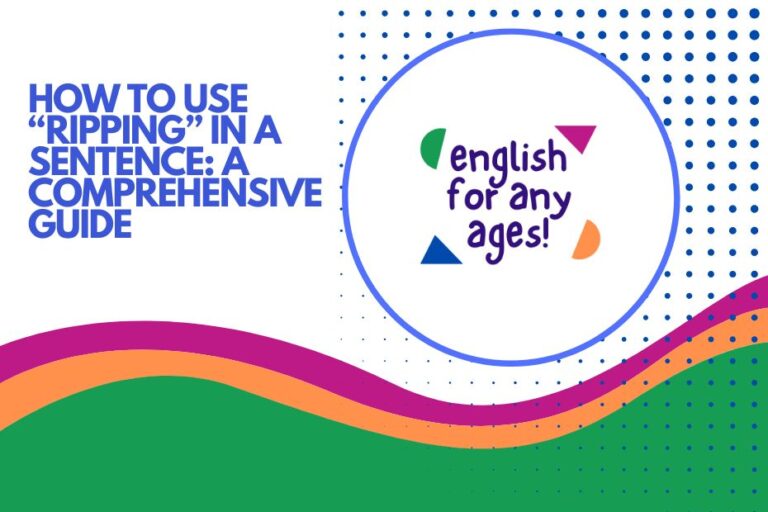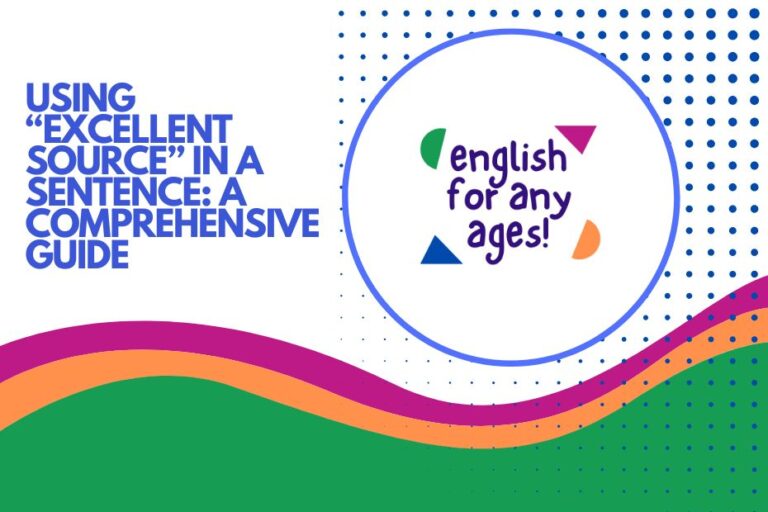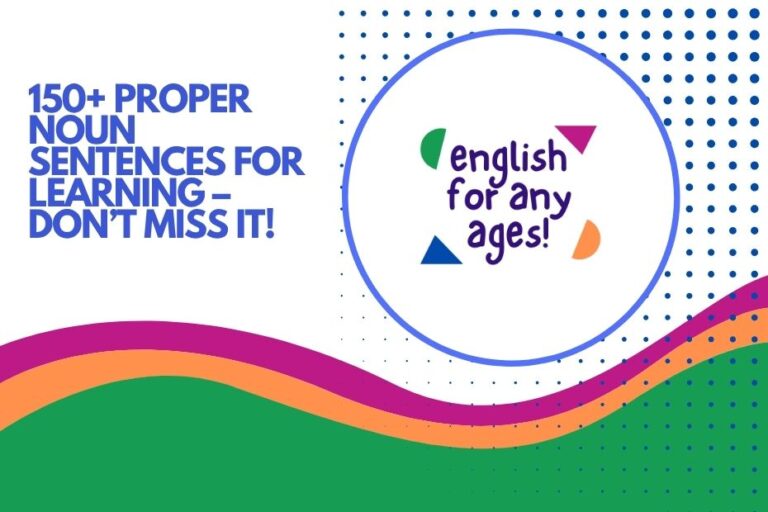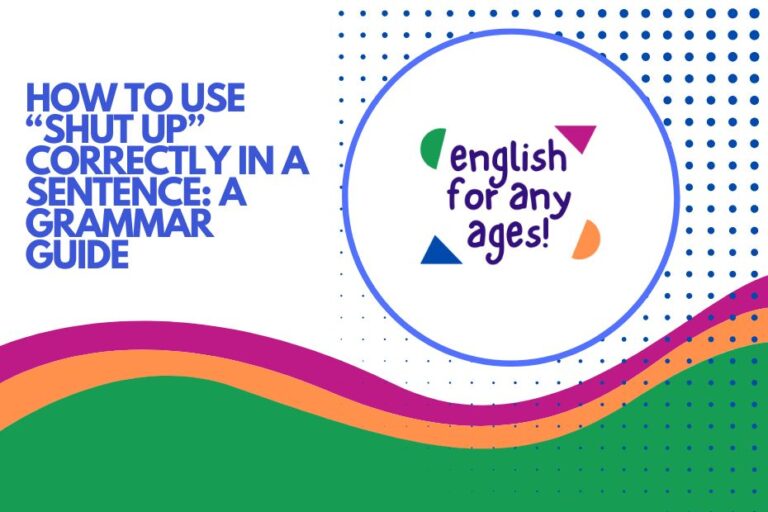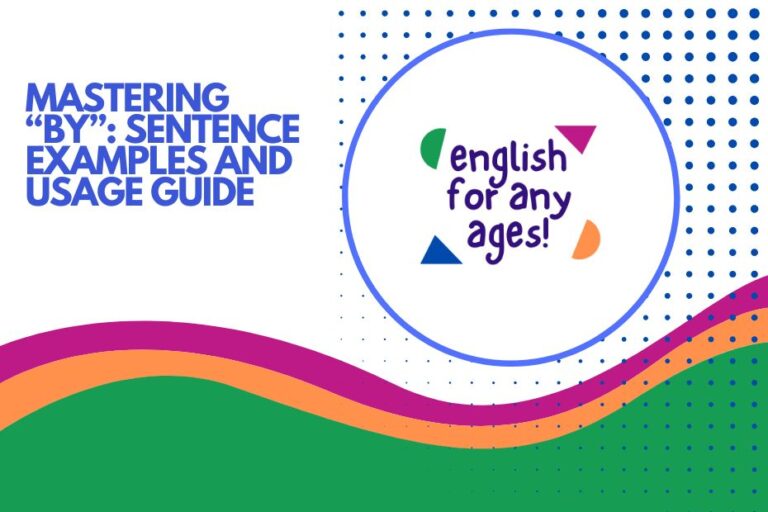Mastering “Beside”: Sentence Examples and Usage Guide
Understanding prepositions is crucial for constructing clear and grammatically correct sentences in English. The preposition “beside” is particularly useful for indicating the position of something or someone in relation to another.
This article provides a comprehensive guide to using “beside” effectively, covering its definition, structural usage, various examples, common mistakes, and practice exercises.
Whether you’re a beginner or an advanced learner, this guide will help you master the nuances of “beside” and improve your overall English proficiency.
Table of Contents
- Definition of Beside
- Structural Breakdown of Sentences with Beside
- Types of Usage
- Sentence Examples with Beside
- Usage Rules for Beside
- Common Mistakes When Using Beside
- Practice Exercises
- Advanced Topics
- Frequently Asked Questions (FAQ)
- Conclusion
Definition of Beside
The preposition “beside” primarily indicates that something or someone is next to or at the side of another thing or person. It describes a physical proximity or adjacency. While its primary meaning relates to location, “beside” can also, less commonly, imply a comparison or be part of an idiomatic expression. However, its core function is to denote a position immediately adjacent to something else. Understanding this fundamental meaning is essential for correct usage.
In simpler terms, if something is “beside” something else, it is right next to it. This spatial relationship is the key concept to grasp.
The preposition “beside” does not typically indicate a complex relationship like “in front of,” “behind,” or “across from,” but rather a direct side-by-side positioning. Therefore, visualize two objects or people that are immediately adjacent when you think of “beside.”
Structural Breakdown of Sentences with Beside
Sentences using “beside” generally follow a simple structure. The basic pattern involves a subject, a verb (often a form of “to be”), the preposition “beside,” and an object that indicates what the subject is next to.
This structure can be expanded with additional descriptive elements, but the core components remain consistent. Understanding this structural backbone will help you create grammatically sound sentences.
The most common sentence structure is: Subject + Verb (to be) + Beside + Object. For example, “The book is beside the lamp.” Here, “The book” is the subject, “is” is the verb, “beside” is the preposition, and “the lamp” is the object. This structure can be modified, but the prepositional phrase “beside the lamp” always clarifies the location of the subject.
Here’s a more detailed breakdown:
- Subject: The person or thing being described.
- Verb (to be): A form of “be” (is, are, was, were) linking the subject to its location.
- Beside: The preposition indicating adjacency.
- Object: The noun or noun phrase that the subject is next to.
Types of Usage
While the primary usage of “beside” is to indicate physical location, it’s helpful to recognize the subtle nuances and contexts in which it can be used. This section explores the main types of usage for the preposition “beside.”
Beside Indicating Physical Location
This is the most common and straightforward usage. “Beside” specifies that something is located directly next to something else.
The location can be static (e.g., “The chair is beside the table”) or dynamic (e.g., “He walked beside the river”). The key element is the immediate adjacency of the two objects or entities.
Beside Indicating Comparison (Less Common)
In some contexts, “beside” can be used to draw a comparison, though this is less frequent. It implies that something is being considered in relation to something else, often in terms of quality or characteristic.
For example, “Beside her sister, she is quite shy.” This usage is often interchangeable with phrases like “compared to” or “in contrast to.”
Sentence Examples with Beside
The best way to understand how to use “beside” correctly is by examining numerous examples in various contexts. The following tables provide a wide range of sentences that illustrate the different types of usage discussed above.
These examples will help you internalize the proper application of the preposition “beside.”
Beside Indicating Physical Location
The following table presents examples of sentences using “beside” to indicate physical location. Notice how “beside” always specifies something being directly next to something else.
These examples cover a variety of subjects and objects to illustrate the versatility of “beside.”
| # | Sentence |
|---|---|
| 1 | The lamp is beside the bed. |
| 2 | She sat beside him on the bench. |
| 3 | The cat is sleeping beside the fireplace. |
| 4 | My office is beside the conference room. |
| 5 | The park is beside the river. |
| 6 | He parked his car beside the building. |
| 7 | The flowers are planted beside the walkway. |
| 8 | There’s a small table beside the sofa. |
| 9 | The children were playing beside the pool. |
| 10 | The guard stood beside the entrance. |
| 11 | The picture frame is beside the mirror. |
| 12 | They built a house beside the lake. |
| 13 | The bakery is beside the library. |
| 14 | He always keeps his phone beside him. |
| 15 | The restaurant is beside the hotel. |
| 16 | She likes to sit beside the window. |
| 17 | The dog is lying beside his owner. |
| 18 | The statue is standing beside the fountain. |
| 19 | The small town is beside the large mountain. |
| 20 | The computer is beside the printer. |
| 21 | The baby slept beside her mother. |
| 22 | The museum is beside the park. |
| 23 | The school is beside the church. |
| 24 | The new building is beside the old one. |
| 25 | The empty chair is beside the occupied one. |
| 26 | The little stream runs beside the road. |
| 27 | The apple tree is beside the oak tree. |
| 28 | The store is beside the post office. |
| 29 | The coffee shop is beside the bookstore. |
| 30 | The playground is beside the community hall. |
Beside Indicating Comparison (Less Common)
This table illustrates the less common usage of “beside” to indicate a comparison. Note that in these cases, “beside” could often be replaced with “compared to” or “in relation to” without significantly altering the meaning.
This usage is more subtle and context-dependent.
| # | Sentence |
|---|---|
| 1 | Beside her sister, she is quite shy. |
| 2 | Beside his brother, he seems less ambitious. |
| 3 | Beside the original plan, this one is much better. |
| 4 | Beside her previous work, this project is exceptional. |
| 5 | Beside other candidates, he has little experience. |
| 6 | Beside the old model, this new one is an upgrade. |
| 7 | Beside the cost, it’s a great product. |
| 8 | Beside the weather, the trip was perfect. |
| 9 | Beside his usual behavior, he was very quiet today. |
| 10 | Beside the traffic, the city is wonderful. |
| 11 | Beside the noise, the apartment is fine. |
| 12 | Beside the food, the service was excellent. |
| 13 | Beside the salary, the benefits are great. |
| 14 | Beside the location, the house is perfect. |
| 15 | Beside her looks, she is very intelligent. |
| 16 | Beside his age, he is very active. |
| 17 | Beside the price, it’s a good deal. |
| 18 | Beside the size, the car is perfect. |
| 19 | Beside the difficulty, the project was fulfilling. |
| 20 | Beside the challenges, the experience was rewarding. |
Usage Rules for Beside
Using “beside” correctly involves understanding its grammatical function and adhering to specific rules. While seemingly simple, misusing “beside” can lead to unclear or incorrect sentences.
This section outlines the key rules to follow when using “beside.”
Rule 1: Indicate Direct Adjacency: The primary rule is that “beside” should only be used when indicating that something is directly next to something else. Avoid using it to describe locations that are near but not immediately adjacent. For example, instead of saying “The store is beside the mall” when it’s across the street, use “near” or “close to.”
Rule 2: Correct Sentence Structure: Ensure that the sentence structure follows the standard pattern: Subject + Verb (to be) + Beside + Object. Deviating from this structure can create awkward or grammatically incorrect sentences. Pay attention to the placement of “beside” within the sentence.
Rule 3: Avoid Confusion with “Besides”: “Beside” (one word) is a preposition indicating location, while “besides” (with an “s”) is an adverb or preposition meaning “in addition to” or “except.” Do not confuse these two words, as they have distinct meanings and usages.
Rule 4: Context Matters for Comparison: When using “beside” for comparison, ensure that the context clearly indicates that you are drawing a comparison rather than simply describing a location. This usage is less common and requires careful consideration of the sentence’s overall meaning.
Rule 5: Followed by a Noun or Pronoun: “Beside” is a preposition and must be followed by a noun or pronoun (or a noun phrase). It cannot be followed directly by a verb. For example, “Beside the river flowing” is incorrect; it should be “Beside the flowing river.”
| Rule | Description | Example |
|---|---|---|
| Adjacency | Indicate direct physical proximity. | Correct: The chair is beside the table. Incorrect: The chair is beside the room (if it’s inside the room). |
| Sentence Structure | Use the correct sentence structure: Subject + Verb + Beside + Object. | Correct: The book is beside the lamp. Incorrect: Beside the lamp is the book. |
| Beside vs. Besides | Distinguish between “beside” (location) and “besides” (in addition to). | Correct: He sat beside her. Correct: Besides that, I have nothing to say. |
| Comparison Context | Ensure context clearly indicates a comparison. | Correct: Beside her sister, she is shy. (Comparison) Correct: She sat beside her sister. (Location) |
| Noun/Pronoun Following | “Beside” must be followed by a noun or pronoun. | Correct: Beside the house. Incorrect: Beside run. |
Common Mistakes When Using Beside
Even experienced English speakers sometimes make mistakes when using “beside.” Recognizing these common errors can help you avoid them and ensure that your sentences are clear and accurate. This section highlights the most frequent mistakes and provides corrected examples.
Mistake 1: Confusing “Beside” with “Besides”: This is the most common error. “Beside” indicates location, while “besides” means “in addition to” or “except.” Using one in place of the other completely changes the meaning of the sentence.
- Incorrect: Besides the river, there’s a park.
- Correct: Beside the river, there’s a park. (Location)
- Correct: Besides the river, what else is there? (In addition to)
Mistake 2: Using “Beside” for General Proximity: “Beside” implies direct adjacency, not just general nearness. Using it to describe something that is simply nearby is inaccurate.
- Incorrect: The school is beside the town hall (if it’s a few blocks away).
- Correct: The school is near the town hall.
- Correct: The school is beside the park (if they share a border).
Mistake 3: Incorrect Word Order: The preposition “beside” should be placed correctly within the sentence structure. Reversing the word order can lead to awkward or ungrammatical sentences.
- Incorrect: The lamp beside is the book.
- Correct: The book is beside the lamp.
Mistake 4: Using “Beside” with Incorrect Verbs: While “to be” verbs are common with “beside,” using other verbs that don’t fit the context can be problematic.
- Incorrect: He ran beside the house (if he ran inside the house).
- Correct: He ran along beside the house.
Mistake 5: Omitting the Object: “Beside” is a preposition and requires an object (a noun or pronoun) to complete the phrase. Omitting the object makes the sentence incomplete and grammatically incorrect.
- Incorrect: The book is beside.
- Correct: The book is beside the table.
| Mistake | Incorrect Example | Correct Example | Explanation |
|---|---|---|---|
| Beside vs. Besides | Besides the lake, there are mountains. | Beside the lake, there are mountains. | “Beside” indicates location; “besides” means “in addition to.” |
| General Proximity | The shop is beside the station (a few streets away). | The shop is near the station. | “Beside” implies direct adjacency, not just nearness. |
| Word Order | The tree beside is the house. | The house is beside the tree. | Correct sentence structure is crucial. |
| Incorrect Verbs | He walked beside the door (into the room). | He walked beside the door (along the wall). | The verb must be appropriate for the spatial relationship. |
| Omitting Object | The cat is beside. | The cat is beside the window. | “Beside” requires an object (noun or pronoun). |
Practice Exercises
To solidify your understanding of “beside,” complete the following practice exercises. Each exercise focuses on different aspects of using “beside” correctly.
After completing the exercises, check your answers against the provided solutions.
Exercise 1: Fill in the Blanks
Fill in the blanks with the correct preposition: “beside” or “besides.”
| # | Question | Answer |
|---|---|---|
| 1 | The chair is ______ the table. | beside |
| 2 | ______ that, what else do you need? | Besides |
| 3 | He sat ______ her during the movie. | beside |
| 4 | ______ her talent, she’s also very kind. | Besides |
| 5 | The lamp is ______ the sofa. | beside |
| 6 | ______ the regular price, there’s a discount. | Besides |
| 7 | The garden is ______ the house. | beside |
| 8 | ______ being fun, it’s also educational. | Besides |
| 9 | The computer is ______ the printer. | beside |
| 10 | ______ the point, it’s interesting. | Besides |
Exercise 2: Correct the Sentences
Correct the following sentences that incorrectly use “beside.” If the sentence is already correct, write “Correct.”
| # | Question | Answer |
|---|---|---|
| 1 | Besides the lake is a forest. | Beside the lake is a forest. |
| 2 | The shop is beside the station (a few blocks away). | The shop is near the station. |
| 3 | He walked beside the door (into the room). | He walked through the door. / He was beside the door (along the wall). |
| 4 | The cat is beside. | The cat is beside the window. |
| 5 | The park is beside the school. (They share a fence) | Correct |
| 6 | Beside that, I don’t know. | Correct |
| 7 | He stood besides her. | He stood beside her. |
| 8 | The river flows beside. | The river flows beside the road. |
| 9 | The house beside is the lake. | The house is beside the lake. |
| 10 | The book beside is interesting. | The book beside the lamp is interesting. |
Exercise 3: Sentence Construction
Write five sentences using “beside” to describe the location of objects in your current surroundings.
| # | Your Sentence |
|---|---|
| 1 | (Example) The keyboard is beside the mouse. |
| 2 | (Your answer) |
| 3 | (Your answer) |
| 4 | (Your answer) |
| 5 | (Your answer) |
(Answers will vary based on your surroundings)
Advanced Topics
For advanced learners, exploring the more nuanced and idiomatic uses of “beside” can further enhance their understanding of English. This section delves into some less common and more complex aspects of using “beside.”
“Beside the point”: This idiomatic expression means “irrelevant” or “not important in the current context.” For example, “Whether he was late is beside the point; the real issue is his lack of preparation.” Understanding this idiom requires recognizing that “beside” is not being used literally to indicate location.
Subtle Comparisons: In advanced writing, “beside” can be used to make subtle comparisons that are not immediately obvious. This requires a strong understanding of context and nuance. For example, “Beside the grand achievements of her predecessor, her own accomplishments seemed modest.” The comparison is implicit and requires the reader to infer the contrast.
Literary Usage: In literature, “beside” can be used creatively to evoke specific imagery or emotions. Authors may use it in unconventional ways to create a particular effect. Analyzing such literary uses requires a deep understanding of language and literary techniques.
Frequently Asked Questions (FAQ)
This section addresses some of the most common questions that learners have about using “beside.” These questions and answers provide further clarification and practical guidance.
Q1: What is the difference between “beside” and “next to”?
A1: “Beside” and “next to” are generally interchangeable and have very similar meanings. Both indicate that something is located directly adjacent to something else.
However, “next to” might be slightly more common in everyday conversation.
Q2: Can I use “beside” to describe something that is close but not directly touching?
A2: No, “beside” implies direct adjacency. If something is close but not directly touching, use prepositions like “near,” “close to,” or “by.”
Q3: Is it ever correct to use “beside” at the beginning of a sentence?
A3: Yes, it is correct to use “beside” at the beginning of a sentence, especially when making a comparison. For example, “Beside her sister, she is quite shy.”
Q4: What is the difference between “beside” and “alongside”?
A4: “Alongside” can imply a more extended or parallel relationship than “beside.” While “beside” simply indicates adjacency, “alongside” often suggests that two things are moving or positioned parallel to each other over a distance. For example, “They walked alongside the river” implies a continuous parallel movement.
Q5: How can I remember the difference between “beside” and “besides”?
A5: A helpful mnemonic is to remember that “beside” refers to a side, indicating location. “Besides,” with the extra “s,” means “in addition to,” which has a different meaning altogether.
Think of “besides” as adding something extra.
Q6: Can “beside” be used in formal writing?
A6: Yes, “beside” is perfectly acceptable in formal writing, especially when indicating location. However, when making comparisons, consider whether a more formal phrase like “compared to” would be more appropriate depending on the context.
Q7: Is it correct to say “right beside”?
A7: Yes, “right beside” is a common and perfectly acceptable phrase that emphasizes the closeness of the two objects or people. It simply adds emphasis to the adjacency.
Q8: Can I use “beside” with abstract nouns?
A8: While “beside” is primarily used with concrete nouns to indicate physical location, it can be used with abstract nouns in certain idiomatic expressions or comparative contexts. However, this is less common and requires careful consideration of the sentence’s meaning.
Conclusion
Mastering the use of prepositions like “beside” is essential for clear and accurate communication in English. This article has provided a comprehensive guide to understanding and using “beside” effectively, covering its definition, structural usage, various examples, common mistakes, and practice exercises.
By understanding the nuances of “beside” and practicing its correct usage, you can significantly improve your English proficiency.
Remember to focus on the core meaning of “beside” as indicating direct adjacency and to distinguish it from “besides.” Pay attention to sentence structure and avoid common mistakes. With consistent practice and attention to detail, you can confidently and accurately use “beside” in your writing and speaking.
Continue to explore and practice to refine your understanding and usage of prepositions in English.
